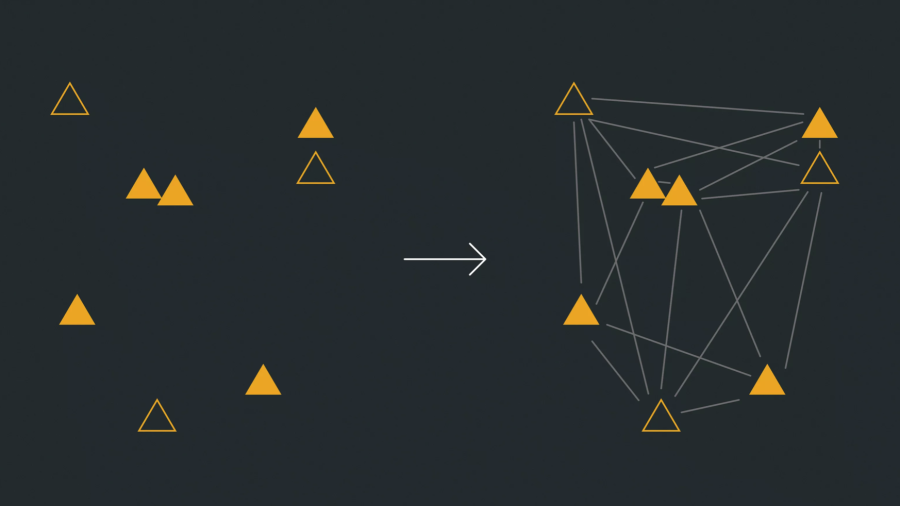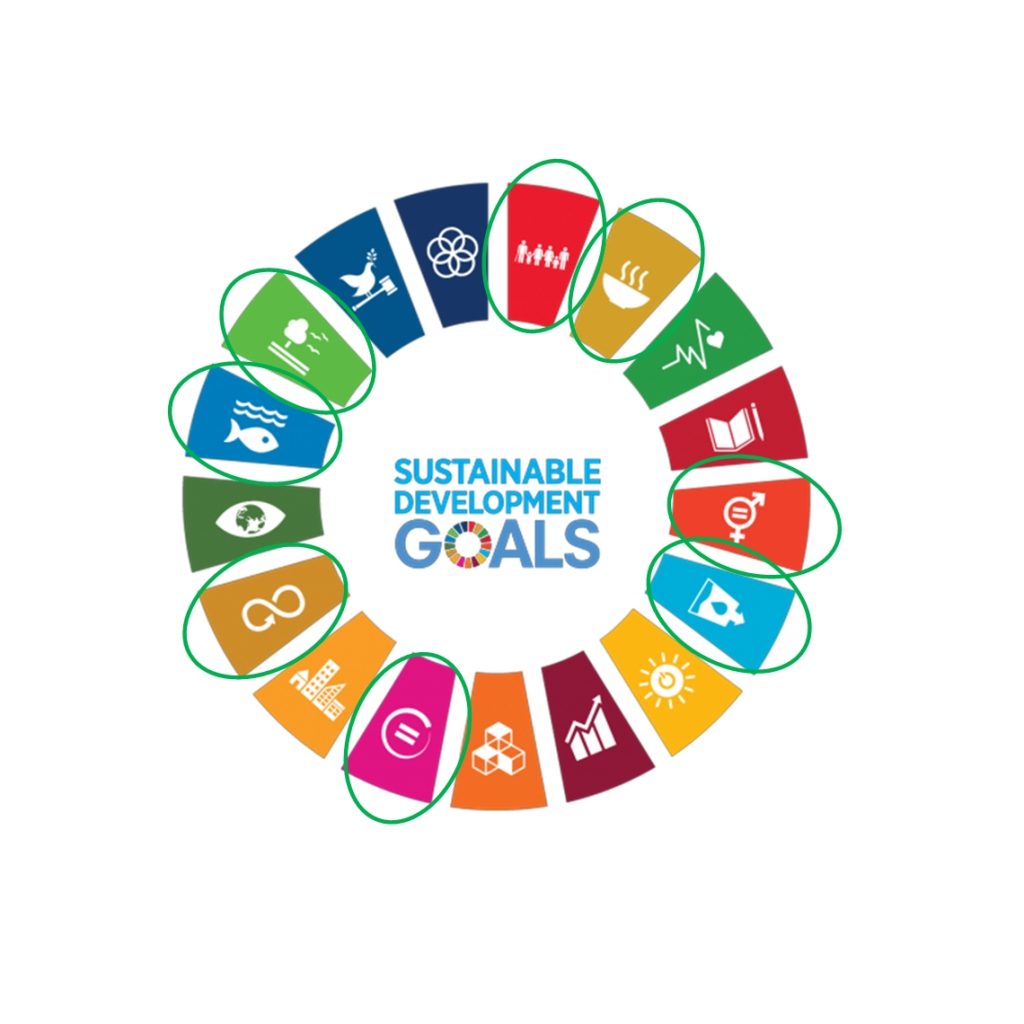Supplier selection and supplier evaluation
The purchase of the various products and services may only take place from approved suppliers. Purchasing will only take place if a purchasing contract has been drawn up with this supplier (either from the supplier or our own purchasing conditions) or the supplier survey has been completed. This applies to products and services.
Supplier Approval
For various reasons, the decision may be made to replace a current supplier or to look for a new supplier. Often a trial order is placed first to be able to assess the quality of the products. There is also the
possibility of auditing the new supplier. However, this depends on the supplier and the products/services they will provide.
When hiring a new supplier, consideration is given to, among other things:
- Price-performance ratio;
- Delivery reliability;
- “Name in the market”;
- Known reliability;
- Dealer or producer.
When the decision is made to purchase from a new supplier, prior documents (if applicable) are required:
- Purchase Contract;
- Manufacturer’s name;
- Required specifications;
- Statements comply with laws and nominal quantity;
- Control of raw material/product hazards;
- Research reports in advance or with deliveries;
- Any copies of permits (including waste);
- Statements of expertise (certificate, maintenance, knowledge provision).
The first deliveries are closely monitored to assess whether the agreements made are met and/or the quality, safety and price used are in accordance with agreements. After approval (after trial deliveries) the supplier is included in the accepted list. A product supplier will only be approved with GFSI certification or an on-site audit that looks at product safety, HACCP, GMP (good manufacturing practices), and traceability. This audit must be carried out by an experienced and demonstrably competent product safety auditor, with EU approval also being sufficient if all audit reports are available. In case of outsourced production or packaging activities, a GFSI approval shall be renewed annually, and/or the above-mentioned on-site audit shall be performed annually. In these activities, test protocols should also be drawn up for the outsourced work regarding visual, chemical, and/or microbiological parameters.
It is checked whether the purchased product or outsourced process falls within the scope of the GFSI certificate. For a low-risk supplier, a completed questionnaire and a traceability test are sufficient. This questionnaire and traceability test must be renewed every 3 years. In addition, the supplier must report any significant changes in advance (statement included in the questionnaire). If products (including primary packaging) are purchased via a trader, then this trader should be GFSI certified, for example, BRC Broker. If this is not the case, the producer of the product must be approved via the same system as if he were a direct supplier. So via an audit or completed questionnaire and a traceability test.
In the case of raw materials that fall under “bulk commodity” or “agricultural products”, product testing (e.g. MRL) may suffice to ensure product safety and quality. It may be necessary in exceptional situations to purchase products from an unknown supplier. This situation can and should only occur with suppliers of products or services that cannot be directly related to the safety or quality of our products. In all other cases, the required data must be available in advance (a risk analysis must be carried out).
Required data
If applicable, must be present prior to delivery:
- The specifications must be up to date, correct and comply with current requirements.
- Statements regarding GMOs.
- Statements that the potential hazards must be controlled.
- Statements of trained personnel (cleaning, pest control, maintenance, etc.).
- Analysis certificates/COA.
- Permits (e.g. waste).
- Declarations/specifications of suitability for foodstuffs.
- Contracts with responsibilities and authority of external experts hired for development, implementation or assessment of food safety management system.
Adjustments
If there are any changes in the production process and/or recipe, our supplier must inform us. Changes that directly affect food safety and product characteristics must be communicated in advance. When changes occur in our company due to customer-specific requirements, these customer-specific requirements have to be communicated and recorded with the supplier. All changes in contracts must be communicated in advance and signed by both parties.
Registrations
Of all the products delivered, it is known by which supplier they were delivered. This is partly from a traceability point of view.
Supplier Assessment
A supplier assessment is prepared each year. The purpose of this assessment is to determine how our suppliers are “doing” and whether we believe changes must be done. The supplier assessment covers products but also services (maintenance, cleaning, pest control, research, etc.).
Suppliers who supply a product or service on a regular basis (at least 1 x 12 months or on a contract basis) are assessed. Where relevant, concrete data and interviews with the relevant buyer/department are used for the assessment.
Where relevant, concrete data and interviews with the relevant buyer/department are used for the assessment. The inputs used for the assessment include:
- Complaints;
- Errors;
- Billing;
- Keeping appointments;
- Support if requested;
- Provision of information;
- Microbiological testing;
- Experience with the products internally and by customers;
- Reliability;
- Cooperation in any audits;
- Controlling hazards regarding
- Cross contamination;
- Foreign bodies;
- Microbiological contamination;
- Chemical contamination.
- Product authenticity (food fraud);
- High/low risk profile (based on the above points).
A report is made of this data. If a supplier has a shortcoming, it must be solved. If a supplier does not meet expectations in such a way that the trust is gone, the purchase of products is stopped. The suppliers with a shortcoming receive a letter. A written response is expected in return.
Standards for a supplier assessment
| Standards Assessment | A | B | C | D |
| Number of complaints* | 0-5 | 5-10 | 10-15 | >15 |
| Number of errors deliveries | 0-5 | 5-10 | 10-15 | >15 |
| Keeping appointments (number of comments) | none | 1 | 2 | >2 |
| Support (number of comments) | none | 1 | 2 | >2 |
| Microbiological examination* (rejections) | 1 | 2-3 | 4-5 | >5 |
| Experience with the products internally and by customers (number of comments) | none | 1 | 2 | >2 |
| Reliability (number of observations) | none | 1 | 2 | >2 |
| Hazard control (number of observations) | none | 1 | 2 | >2 |
| Product Authenticity | none | none | none | ≥ 1 |
*
complaints/micro research in relation to food safety always
The lowest score determines the rating:
A suppliers → no action required.
B suppliers → additional checks
during ½ year on mentioned assessment points (must be A otherwise letter
supplier).
C suppliers → improvements required from
supplier to be on A-B level.
D supplier -> no more purchase possible until everything has improved.
Related articles to Is there an example: supplier reviews
Many customers and visitors to this page 'Is there an example: supplier reviews' also viewed the articles and manuals listed below:



